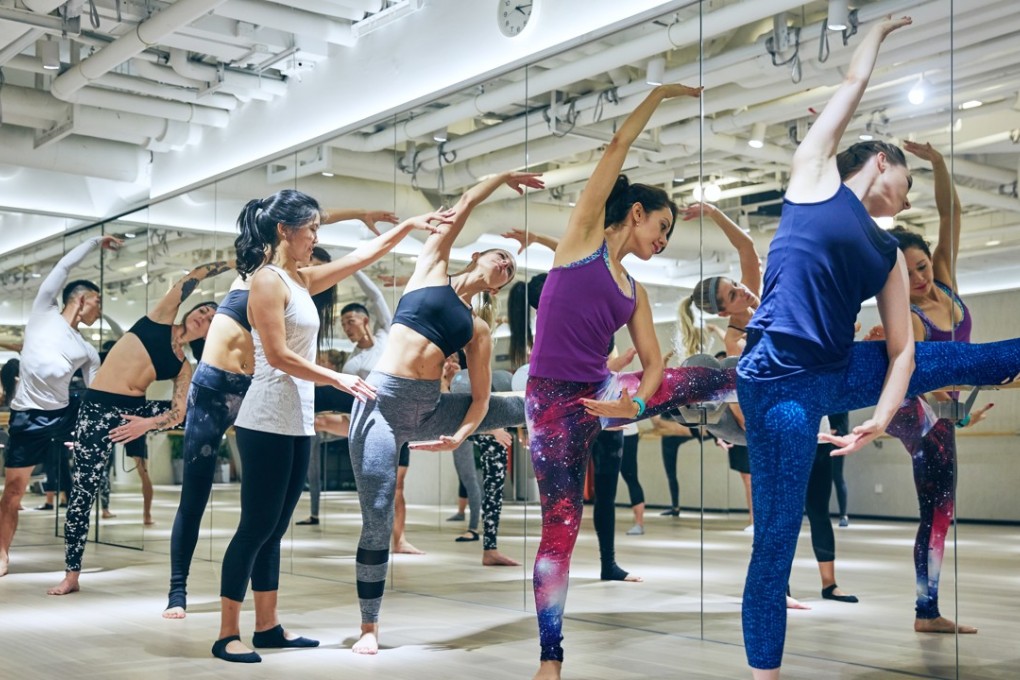How exercising in a group boosts your quality of life and results from your workouts
Working out with friends and peers gives a boost to your pain tolerance and feel-good hormones, leading to improvements in mental, physical and emotional well-being. Just make sure it’s something you’re good at doing

True or false: can exercising with a group boost your health, well-being and performance?
The short answer: yes
There’s no downside to exercising alone, but if you want to substantially improve your physical performance, increase your pain tolerance, and boost the production of feel-good hormones in your body, you may want to sign up for that group Zumba class at the gym or round up a few friends and go on a hike together.
A new study, published last October in The Journal of the American Osteopathic Asso ciation, found that, compared to solo exercise, exercising with a group improves quality of life and reduces stress.
How to get back in shape after the holidays – tips from top trainers in Hong Kong
Although the study was small – it involved 69 highly stressed medical students – it revealed significant improvements in all three quality-of-life measures: mental (12.6 per cent), physical (24.8 per cent) and emotional (26 per cent). Subjects who exercised in a group also reported a 26.2 per cent reduction in perceived stress levels.
Observing how my group mates move helps me refine my own technique and motivates me to do my best